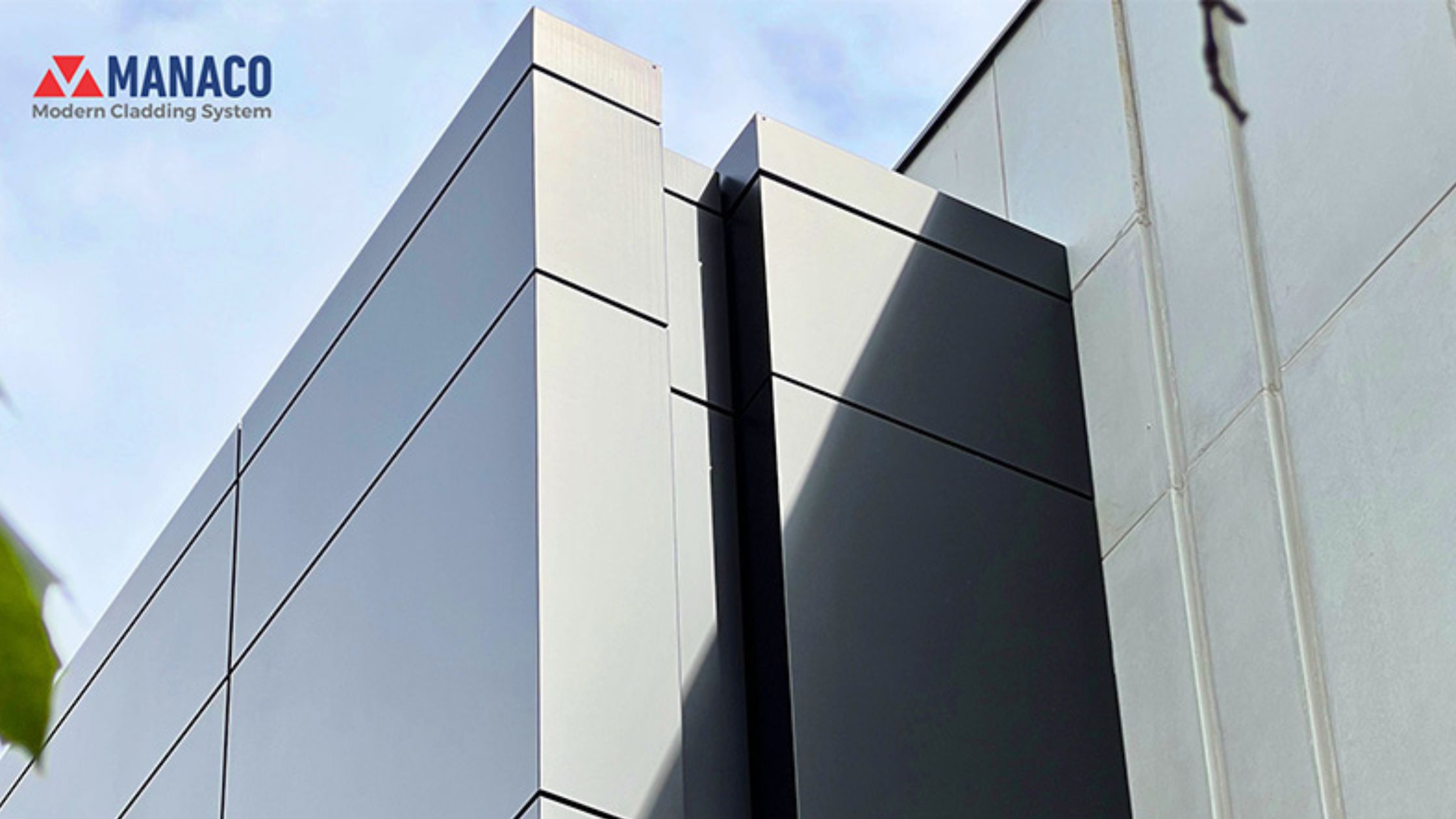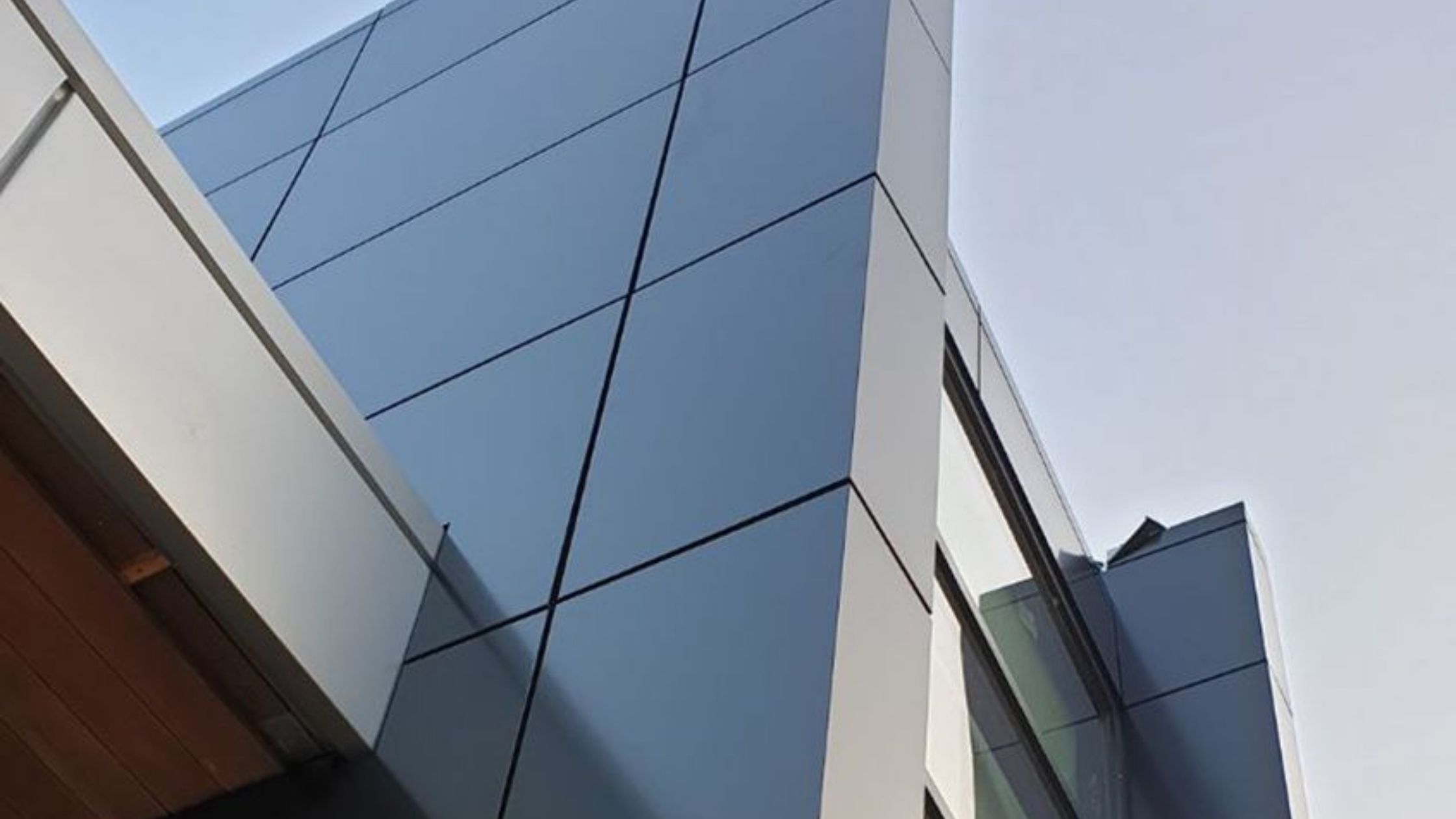In the world of modern architecture and design, aluminum composite panels have emerged as a powerful tool for creativity and functionality. With their sleek appearance, lightweight structure, and resistance to weather conditions, these panels offer unmatched versatility. From commercial buildings to residential projects, architects and designers harness the potential of aluminum composite panels in various applications. Yet amidst this utility lies one crucial aspect that can make or break your project: choosing the right Aluminum Composite panel size.
Selecting the appropriate aluminum composite panel sizes is not just about aesthetics; it’s about aligning with your project’s specific requirements. The right size can enhance visual appeal while ensuring structural integrity and ease of installation. Regardless of whether you’re an architect drafting innovative concepts, a builder managing logistics on-site, or a DIY enthusiast tackling your own home renovation, understanding how to choose Aluminum Composite panel sizes effectively will elevate your work to new heights. Dive deeper into this guide to uncover the key factors that will help you navigate through dimensions, scalability options, and installation considerations—ultimately leading you toward confident decisions in your next project!
Key Factors to Consider When Choosing Aluminum Composite Panel Sizes
Project Specifications
When selecting aluminum composite panel sizes, the first step is always to carefully assess your project specifications and requirements. Whether it’s for a commercial building facade or an interior feature wall, different projects will have distinct demands that influence size selection. For instance, larger panels can be advantageous for expansive surfaces, minimizing seams and promoting a clean aesthetic appeal. On the other hand, smaller panel sizes can provide more flexibility in design options and can suit intricate patterns better, allowing designers to incorporate unique artistic elements into their projects.
Installation Ease
Installation methods also play a crucial role in determining the appropriate size of aluminum composite panels. Some installation techniques may favor specific dimensions for ease of handling; for example, lighter or smaller panels might be easier for teams to install on high-rise buildings where weight becomes a consideration for safety and efficiency.
Environment
environmental factors such as wind load resistance or thermal expansion must be evaluated as these can dictate whether larger or smaller sizes are more suitable based on the location and climate conditions of the installation site.
Aesthetic Appeal
Finally, aesthetic considerations should never be overlooked when choosing panel sizes. The dimensions of the panels can significantly impact the overall visual harmony of a structure. Larger panels may impart a contemporary feel with their sleek surface area and minimal joints, while varying the dimension allows architects to invoke playful rhythms and contrasts in design schemes—echoing historical styles or creating bold modern statements. Taking time to visualize how different sizes interact with existing architectural elements is essential; this ensures that your final choice not only meets functional needs but also enhances the aesthetic appeal of the entire project.
Aluminum Composite Panel Dimensions
ACP sheet manufacturers offer a variety of sizes. However, project requirements often necessitate adjustments during fabrication. The table below lists common Aluminum Composite Panel (ACP) dimensions from various manufacturers. The table provides common dimensions, but keep in mind that manufacturers can produce ACPs in sizes outside of this list. Additionally, you can often work with manufacturers to create custom sizes tailored to your project’s unique requirements, especially for larger orders.
| Imperial Units (Feet) | Metric Units (MM) |
|---|---|
| 4 × 8 | 1220 × 2440 |
| 4 × 10 | 1220 × 3050 |
| 5 × 10 | 1500 × 3050 |
| 4 × 12 | 1220 × 3660 |
| ~ 5 × 13 | 1500 × 4050 |
Aluminum Composite Panel Standard Sizes
Among the sizes discussed, the most common and readily available ACP types are:
When embarking on a project that incorporates aluminum composite panels, one of the critical decisions you’ll face is whether to use custom sizes or standard dimensions. Custom-sized panels can offer significant advantages for unique projects—especially those that require specific design elements or complex contours. For instance, a modern office building with curvilinear architecture may necessitate uniquely sized and shaped panels to complement its fluid lines. The benefit here lies in achieving an entirely tailored look that enhances the building’s synergy with its surroundings while also maximizing functional efficiency.
However, opting for custom panels comes with some considerations. The production process for customized sizes can be more time-consuming and often entails higher costs due to additional manufacturing expenses. For example, if you’re working on a tighter budget or timeline, investing in standard-sized aluminum panels might prove advantageous. These standard options not only streamline the ordering process but also allow for quicker installation since they’re designed based on common commercial specifications; this means fewer adjustments during the fitting process and less risk of unforeseen complications.
Efficiency is paramount in construction and design; hence, using standard panel sizes could provide both financial savings and logistical benefits. Builders often order larger quantities of standard sizes because they allow for easier inventory management and potential volume discounts from manufacturers. This bulk purchasing capability ensures you have adequate material without incurring prohibitive extra costs associated with custom fabrication.
Ultimately, whether to go custom or standard depends on balancing your project’s unique requirements against budgetary constraints and time limitations. By carefully analyzing these factors, you can make informed choices that align not only with your design goals but also with practical realities concerning installation processes and cost-effectiveness—the hallmark benefits of aluminum panels when leveraged correctly in any build environment.
Aluminum Composite Panel Maximum Size
The maximum ACP panel size typically reaches a length of 11800mm and a width of 2000mm. When choosing aluminum composite panel sizes, understanding the structural support required for different dimensions is crucial. Larger panels may seem visually appealing and can cover extensive areas more quickly; however, they require adequate framing and anchoring to ensure stability and durability in various weather conditions. For instance, a large ACM panel installed on an exterior façade must be properly supported with robust framing to prevent sagging or warping over time. Conversely, smaller panels offer design flexibility yet might necessitate more joints and seams that can complicate installation if not carefully planned. Larger panels may require additional support framing during installation due to their weight and size being more challenging than standard dimensions.
Additionally, utilizing proper fastening systems designed specifically for aluminum composite panels can mitigate issues related to size discrepancies during installation. These fasteners help maintain alignment while accommodating natural expansion due to temperature changes—a significant consideration when dealing with larger panels subjected to varying environmental conditions. Finally, as you weigh your options for aluminum composite panel sizes, always be mindful of local building codes or regulations which could influence allowable dimensions and necessary supports specific to your project’s requirements.

Final Thoughts on Choosing Aluminum Composite Panel Sizes
Choosing the right aluminum composite panel sizes is not just a technical decision; it’s also integral to achieving the desired aesthetic and aligning with specific architectural styles. Different projects call for unique expressions of design, and the size of the panels significantly influences this outcome. For instance, a modern commercial building may benefit from large, expansive panels that create a seamless, sleek façade, while a more traditional residential setting might opt for smaller panels that add intricacy and charm to details like window trims or decorative elements.
Harmonizing panel sizes with architectural styles can enhance both functionality and visual appeal. In contemporary designs, oversized panels can evoke feelings of spaciousness and minimalism, allowing fewer seams that lead to cleaner lines. Conversely, in rustic or historic-style architecture, smaller panels can help celebrate craftsmanship through intricate patterns and textures. When selecting sizes, consider how they will suit your overall vision—whether you’re aiming for striking boldness or subtle refinement—and explore various combinations to harmonize existing elements within the space.
The size of the panels you choose directly affects not only the material costs but also the overall labor expenses associated with installation. For instance, larger panels may be more expensive on a per-unit basis; however, they can reduce the number of seams and fasteners required, leading to potential savings in installation time and labor costs. In contrast, opting for smaller panels might seem economical initially—especially when priced per square foot—but could ultimately lead to higher expenses due to increased complexity during assembly.
Moreover, considering palette or modular panel systems can enhance cost effectiveness by allowing projects designed with scalability in mind. By investing in standard dimensions that facilitate easy modifications or expansions down the line, professionals ensure their designs endure through future renovations or alterations without incurring additional overheads related to sourcing new materials. Additionally, such manufacturing practices often lead to lower waste generation during production and installation processes—a factor that aligns perfectly with sustainable building goals prevalent in Canadian architecture.
In conclusion, thoughtful analysis of cost implications based on panel sizes will enable you to maximize both your budget and usage efficiency throughout your project’s lifecycle. Paying careful attention to bulk purchasing opportunities and standardization strategies will assist architects, interior designers, builders, contractors, and DIY enthusiasts alike in making informed decisions about how best to integrate aluminum composite panels into their designs while maintaining financial integrity.



